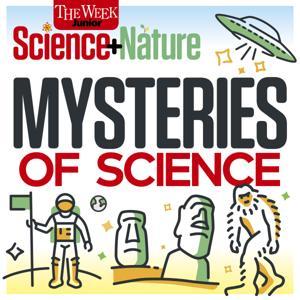
Sign up to save your podcasts
Or



By OYLA Magazine





4.9
4747 ratings



The podcast currently has 30 episodes available.










The podcast currently has 30 episodes available.

13,612 Listeners

2,624 Listeners

5,098 Listeners

29,849 Listeners

1,621 Listeners

6,815 Listeners

6,277 Listeners

18,050 Listeners

1,133 Listeners

115 Listeners

2,000 Listeners

10,269 Listeners

1,576 Listeners

175 Listeners

326 Listeners